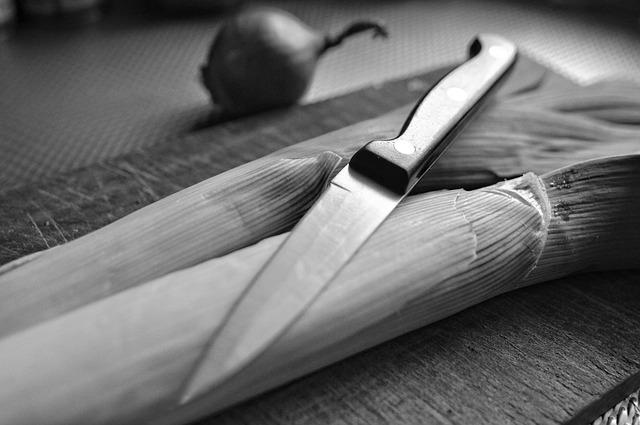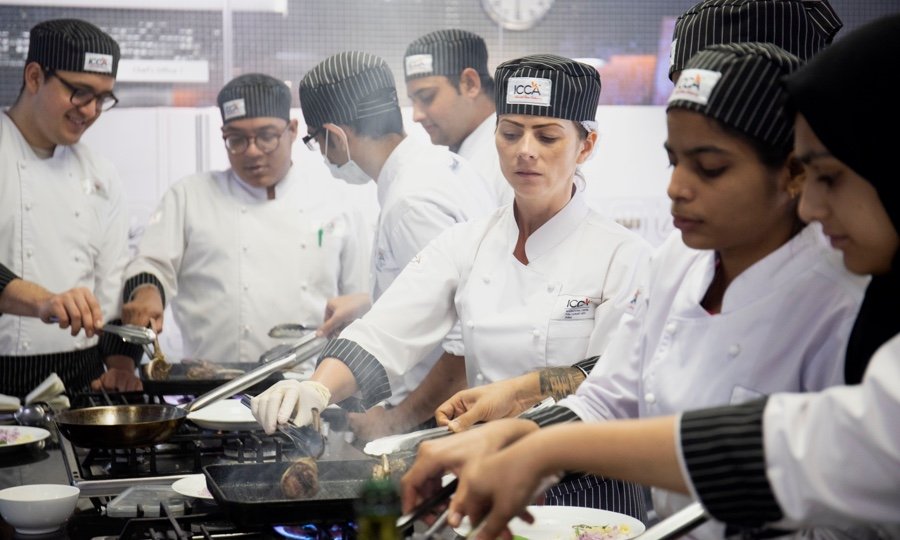
My last article discussed the importance cooking skills 101. I also explained how Chef de Cuisine Joey Delago shares each task and associated skill in his class. I have discussed the tasks-based categories of skills in cooking, as well as their applications. These skills are essential for every cook. A list can help you choose which ones to learn and which to ignore. This article will discuss some skills that you need to master before moving on to the next stage of your culinary journey.
Chef de Cuisine Joey DeLago's cooking skills 101 class
Chef de Cuisine Joey DeLago's 101 cooking skills class will teach you how to cook like a pro. This class will teach you the basics of cooking multi-course meals in a short time. Joey will be sharing tips and tricks about planning, timing, presentation, prepping, and timing. You can also share your final meal with other home chefs.
Task-centred categories of cooking skills
The Food Agency defines cooking skills to be a set knowledge, skills, or practices that help you eat a nutritious diet. While this framework recognizes the importance of healthy eating habits, it also acknowledges that many obstacles can be found in the environment. It focuses on developing food skills by identifying the most appropriate measures. These measures need to be easily understood, related to other domains, and applicable across a wide variety of sociodemographic groups. The following four categories are designed to address some of most pressing issues concerning food skills.

Activating yeast
You'll need to activate yeast before you can use it in cooking. To activate the yeast, heat some water from your tap and then run some hot water through it. In some cases you may also need sugar or water. These are some ways to activate yeast. Once the yeast has reached a bubbly state, it's ready for use. Baking success is dependent on activating yeast.
Making stocks
Stocks can add flavor to your meals and provide depth to the dish. Stocks can be made from vegetables, meat, or fish and can also have Western or Asian origins. While you can make your own stock using bottled water, it is better to use the filtered water available at the grocery store. There are many stock-making methods, so make sure you know what to do.
Whipping cream
Whipped cream is an excellent way to finish off a cake or dessert. It's easy to make, but there are some things to remember when making this classic dessert. While it looks like slightly melted ice cream, it's not. Instead of a sloppy consistency, whipped cream should be a fluffy, slightly curved peak that sticks to the whisk and doesn't dissolve right away. You can make soft peaks by whipping the cream with a wooden spoon until it holds its form and doesn't slack.

Melting chocolate
It is essential to learn how to melt and create delicious desserts. It is not an easy task. These tips will help you to get the job done quickly with minimal mess. First, it is important to understand the correct technique. There are two methods to melt chocolate. The microwave and double boiler methods. Double boiler involves using a heatproof pan or bowl with a glass or stainless-steel bottom and a saucepan of simmering hot water. This method should be used slowly, and you should avoid allowing the water to splash into the bowl.
FAQ
Where can you find free online cooking courses?
Many websites offer cooking lessons for free. YouTube can be searched for videos showing you how to make different meals. You can find thousands of recipes on certain websites. These sites usually require you to pay a monthly fee, but you can try them out for free for 30 days.
Do I need to attend culinary school to become a cook?
No. No. Some chefs even attended culinary school to gain more experience. Many chefs prefer to attend culinary school for the increased opportunities to learn and grow as professionals. Culinary schools allow students to learn hands-on skills, and this helps them improve their cooking knowledge.
What is the average time it takes to learn how to cook? What time do you need to learn how to cook?
It depends on what kind of skill level you are trying to achieve. Some people can master basic cooking techniques in a matter days. Others may take several months or longer to feel competent enough to teach themselves how they cook.
The person who is learning to cook can vary in the amount of time they need. For example, someone who has never cooked before would probably need more time than someone who cooks regularly. You may also need more experience with certain types of cooking than others. Baking, for example, requires more experience than frying.
Learn a technique to increase your ability to cook quickly. Once you have perfected that technique, you can move on. You shouldn't stress about how long it takes to learn how cook. You can just keep at it and enjoy the process.
How do I get hired to cook?
You can get a job as a cook through word of mouth. You might be able to find out about a restaurant looking for additional staff through your family and friends. You might also find openings advertised on websites or bulletin boards by restaurants.
Statistics
- On average, chefs earn $58,740 a year, according to the BLS. - learnhowtobecome.org
- In the United States, the category is estimated at $23.2 billion annually and is growing faster than the market. (washingtonpost.com)
- under 10 Kids have been taught that there is special food just for them, and Fiese says that 10 percent of kids will throw a tantrum if they don't get the food they want. (washingtonpost.com)
External Links
How To
How to make a perfect Omelette
Omelets are my favorite breakfast dish. How do you make them perfect? I've tried many recipes and different methods but none have worked. So today, I want to share some tips and tricks with you so you can make your own delicious and fluffy omelets every morning.
Before we start making omelets, let's remember that eggs are temperamental. The eggs must be fresh from an organic source and kept at room temperature until they are ready to be cooked. You must keep them cool enough to allow the whites to form properly and the yolks to become too runny if they're not kept at the right temperature. This will make your omelets appear strangely colored. It is best to use room-temperature eggs if you are going to cook them right away.
Another tip is to separate your egg before adding it into the pan. You don't want any white to get mixed up with the yolk because this could cause the omelet to curdle.
The egg can burn if it is placed directly on the stovetop. Instead, heat the egg for 10 seconds in the microwave before placing it in the pan. The microwave heat cooks the eggs just right without overcooking them.
Let's now talk about mixing eggs. When mixing eggs, it is important to thoroughly beat them. Turn the bowl upside down and grab the whisk to do this. Then shake the bowl vigorously. This way, the air inside the bowl gets whipped around and mixes the egg thoroughly.
Now comes the fun part: adding the milk to your mixture. Pour half the milk into the beaten egg mixture and then fold in the eggs. You don't need to worry if streaks remain. They will disappear once you flip your omelet.
After you have folded the eggs, heat the oil in a pan over medium heat. Once the oil has started to sizzle, turn the heat down to low. Once the oil starts getting hot, add 1/4 cup of butter to the pan and swirl it around to coat the entire surface of the pan. Next, carefully open the lid and sprinkle salt into your pan. A pinch of salt will prevent your omelet from sticking in the pan.
Once the omelet has formed completely, cover the pan and let it set for a few minutes. Flip the omelet by using a spatula. Cook the other half for another minute. Serve immediately after removing the omelet from its pan.
This recipe works best with whole milk, but skimmed milk also works.